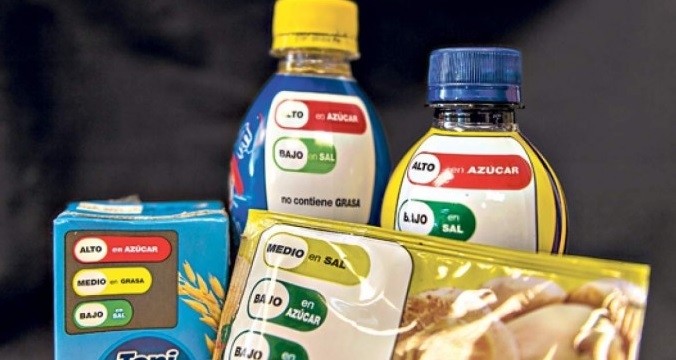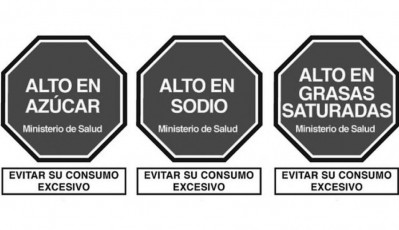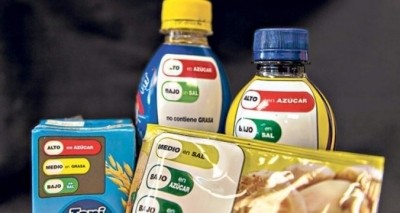Study lauds success of Ecuador’s traffic light labeling for food

Despite opposition from industry, the Ecuadorian government introduced regulations in August 2014 requiring processed food packages to carry traffic light labels, framed and placed on a white or gray background. The labels must also be proportional in size to the product’s principal panel. However, the traffic lights are not required to be on the front of the pack.
“The regulation defines processed foods as packaged and branded products that have been submitted to technological processes for their transformation, modification or conservation; they include beverages sweetened with sugar, but not products like milk, natural juices, grains, vegetables, fruit or meat that are packaged without transformation,” explained the researchers in Public Health Nutrition. “Text located on each bar indicates high, medium or low levels of fat, sugar or salt present in processed foods.”
The researchers collected data from 178 people in 21 different focus group discussions around Ecuador, and found that many readily understood the information about sugar, salt, and fat content in processed foods.
The data also suggested that the labeling had increased awareness about sugar, salt, and fat intake from the diet.
“Moreover, the findings suggest that some segments of the population have changed attitudes and have modified patterns of purchase and consumption of processed foods with high concentrations of fat, sugar or salt,” wrote the researchers.
“Based on our findings, we conclude that the [traffic light] label is an effective mechanism for communicating information about the fat, sugar and salt in processed food. Its simple graphical display uses a familiar and easily interpreted colour scheme and text that contributed to [focus group discussion] participants’ knowledge and comprehension that, in some cases, modified attitudes and practices related to the purchase and consumption of processed foods.”
Limitations to the system
The system has not been successful everywhere, though. A paper published in Food & Nutrition Bulletin reported that, among indigenous people in the Chimborazo Province in the Andes in the center of the country, the new traffic light labeling has limited utility.
Scientists from the Universidad San Francisco de Quito and Escuela Superior Politécnica de Chimborazo surveyed almost 400 women in the province: 55% were indigenous and the rest were mixed-race mestizas.
Results showed that 84% of indigenous women had no awareness of the labeling system, compared to 46% mestizas, which the researchers associated with less education, limited nutrition-related health knowledge, and higher food insecurity.
“The reported use of the labeling system for food choices was low—on average, 32% of the mestizas and 5% of the indigenous women reported using nutrition label information to guide their purchase and consumption of packaged food items,” wrote the researchers.
“The implementation of the nutritional labeling system in the form of the nutritional traffic light may be an important policy for the prevention of non-communicable chronic diseases. However, for this approach to be more effective, it must go hand in hand with other strategies including literacy campaigns, especially among indigenous and other rural-dwelling women of Ecuador, among whom the lower level of education likely interferes with their awareness and comprehension of the nutritional traffic light system.
“A complimentary communication strategy for providing information about the risk factors associated with food consumption may also help this population perceive and better interpret the nutritional information conveyed within the nutritional labeling system,” they concluded.
Sources:
1. Public Health Nutrition
2017, Volume 20, Issue 5, Pages 805-813, doi: 10.1017/S1368980016002457
“A qualitative study of consumer perceptions and use of traffic light food labelling in Ecuador”
Authors: W.B. Freire et al.
2. Food & Nutrition Bulletin
2017, Volume 38, Issue 1, Pages 37-48, doi: 10.1177/0379572116684730
“Awareness, Comprehension, and Use of Newly-Mandated Nutrition Labels Among Mestiza and Indigenous Ecuadorian Women in the Central Andes Region of Ecuador”
Authors: F. Orozco, et al.











